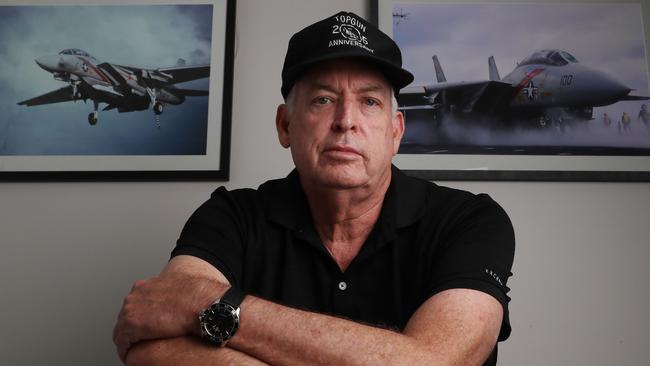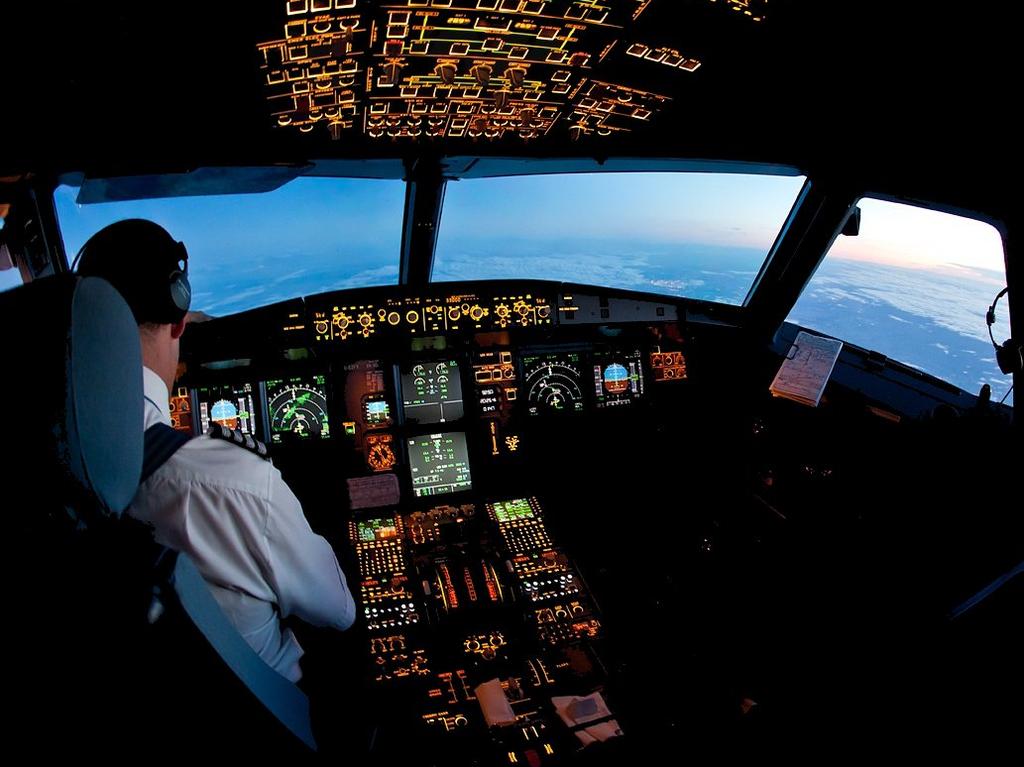Flying solo a safety risk, say Qantas pilots
The Qantas pilots’ union has strongly backed warnings by a former captain against single-pilot flights, citing grave safety fears and negative impacts.

The Qantas pilots’ union has strongly backed warnings by the airline’s legendary former captain Kevin Sullivan against single-pilot flights, citing grave safety fears and negative impacts on pilot training, fatigue levels and mental health.
The Australian and International Pilots Association – which represents more than 2000 Australian pilots, most of them from Qantas – says it would oppose any plan to remove co-pilots from commercial flights, arguing that a lone pilot can quickly become overwhelmed in an emergency.
On Thursday, The Australian revealed growing opposition among pilots to cost-cutting plans being considered by international aviation regulators that could make single-pilot flights a reality by as early as 2030.
Proposals being explored by the European Union Aviation Safety Agency range from having only two pilots aboard long-haul flights – with one at the controls during cruising while the other rests – to a single pilot flying the whole journey.
AIPA vice-president and Qantas first officer Mark Hofmeyer said he wouldn’t put his family on a jet with only one pilot.
“Technically, the aircraft may be capable but at the end of the day aircraft have two engines, multiple hydraulic systems, multiple electrical systems, multiple autopilot systems and we believe they should also have multiple pilots for redundancy,” he said.
“Our view is that aircraft are designed to be flown by two well-trained and well-rested pilots.”
The union’s push against the proposal for single-pilot flights comes after former Qantas captain Kevin Sullivan warned that a litany of aircraft accidents “confirm the folly of this cost-saving ploy”.
Captain Sullivan and two co-pilots saved 300 passengers aboard QF72 in October 2008 when one of the Airbus A330’s on-board computers went rogue off the West Australian coast and refused to let Captain Sullivan control the plane, twice sending the aircraft into a violent nosedive, plunging thousands of feet in just a few seconds.
“Three experienced pilots were close to being overwhelmed by cascading failures, computer-generated jet upsets and loss of many automated systems, degrading the operation of the Airbus A330 involved to that of a Cessna 150,” the ex-US Navy fighter pilot said.
“In this knife fight with the computers, the pilots prevailed – but if they’re not there, who’s going to save the day?”
Cathay Pacific has worked with Airbus on single-pilot operations in a venture that aims to certify A350 jets for single-pilot operations.
German airline Lufthansa has worked on a similar plan.
Qantas chief executive Alan Joyce has not ruled out single-pilot operations, but says the airline is “certainly not pushing” to adopt them, pointing to an accident in which an engine on a Qantas A380 exploded mid-air in 2010.
Mr Hofmeyer noted other recent incidents including an emergency landing by a Qantas A380 in Baku in December after a cargo smoke warning and an A380 diverted to Athens earlier this week because of a medical emergency as cases in which a fully crewed flight deck was imperative.
“The pilots are the ones making the decisions. You need multiple pilots working as a team because when things go horribly wrong there’s a lot of things that need to be considered to get the aircraft safely on the ground,” Mr Hofmeyer said.
Mr Hofmeyer said single-pilot flights also removed the opportunity for young pilots to learn from senior pilots: “You might have a pilot who’s relatively junior in the right-hand seat of a 737 sitting next to a pilot who’s been flying for 34 years – if you’re sitting there by yourself, I’m not sure how you gain that experience.”
He cited a recent online poll that showed 97 per cent of passengers wouldn’t travel on an aircraft with a single pilot.
“An airline might think it’s saving money by only having one pilot, but if only five or 10 per cent of the seats are full, it’s not going to be economically viable.”








To join the conversation, please log in. Don't have an account? Register
Join the conversation, you are commenting as Logout